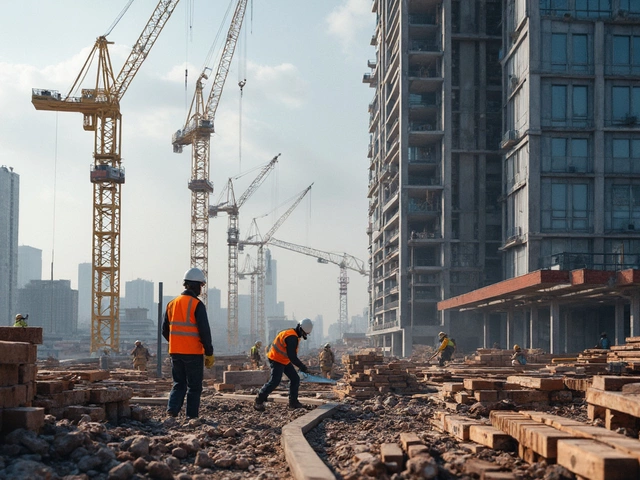First Step: What You Need to Do Before Any Build
Thinking about a new build, a kitchen remodel, or fixing a cracked foundation? The most important thing is not the tools or the design – it’s the first step you take. Skipping this step can cost you time, money, and headaches later on. Below we break down the exact actions you should start with, so you feel confident from day one.
Plan Your Project Inside and Out
Before you order any bricks, sit down with a notebook or a simple spreadsheet. Write down what you want to achieve, the deadline you have in mind, and a rough budget. Include extra items like permits, site surveys, and a small contingency fund (5‑10% of the total). Having these numbers on paper helps you spot unrealistic expectations early.
Next, talk to a professional – a structural engineer, architect, or experienced builder. A quick 30‑minute consult can reveal hidden issues such as drainage problems or load‑bearing walls you didn’t think about. Most experts will ask for a site plan, so have a rough sketch ready. This conversation also gives you a chance to ask about local building codes, which vary a lot across the UK.
Check the Ground and Foundation
If your project involves any foundation work, the ground condition is the real first step. A simple soil test (often called a “boring”) tells you if the soil can support your building or if you need extra footing work. Many homeowners assume compacted garden soil is fine – it’s not. Poor soil can lead to settlement, cracks, and costly repairs down the line.
Hire a local quarry supplier, like Lime Hillock Construction Material Resources, to get a sample of the limestone or aggregate you’ll use. Good quality material improves stability and reduces future movement. Ask the supplier about the 345 rule – a quick way to check if your foundation dimensions are appropriate for your site.
While you’re at it, look at drainage. Ensure water flows away from the foundation, not toward it. Simple measures like extending downspouts, adding a French drain, or grading the soil away from the building can save you from moisture problems later.
Once you’ve confirmed the ground can handle the load, you can move on to ordering concrete, setting footings, and scheduling the pour. Remember: the first step isn’t a one‑time task. It’s a continuous check that you revisit whenever the project scope changes.
By taking the time to plan thoroughly and test the soil, you lay a solid groundwork for every later stage – from framing to finishing. It may feel slower at the start, but you’ll avoid the panic of unexpected delays and surprise costs.
Ready to take that first step? Grab a notebook, call a local engineer, and arrange a soil test. The rest of your project will follow a much smoother path.
First Step in Renovating a House: Where to Start for Real Results

Kicking off a home renovation can feel overwhelming, especially if it's your first time. This article breaks down the very first step you need to take before swinging a hammer or picking paint colors. You'll get practical advice, must-know facts, and a clear path to get started the right way. Whether you're planning a full gut job or just updating a room, knowing where to begin saves time, money, and headaches. Let’s cut through the noise and help you move forward with confidence.
read more



